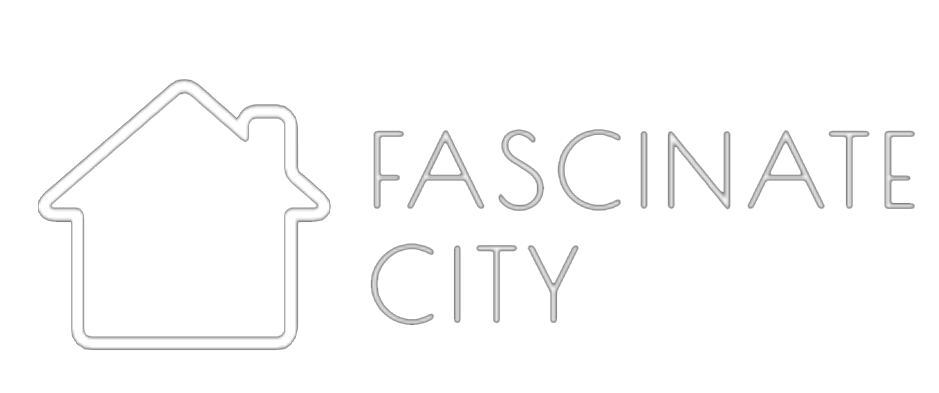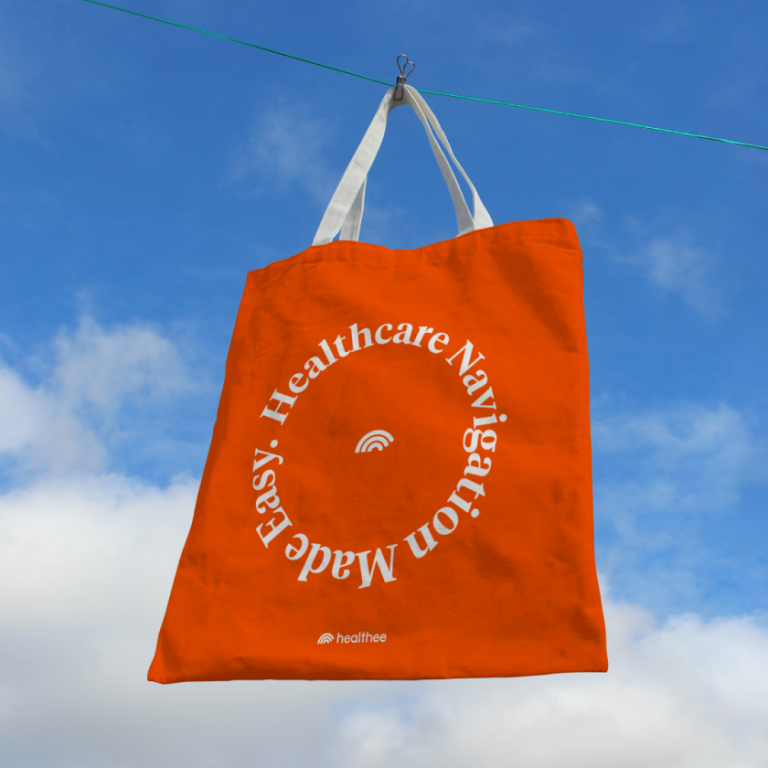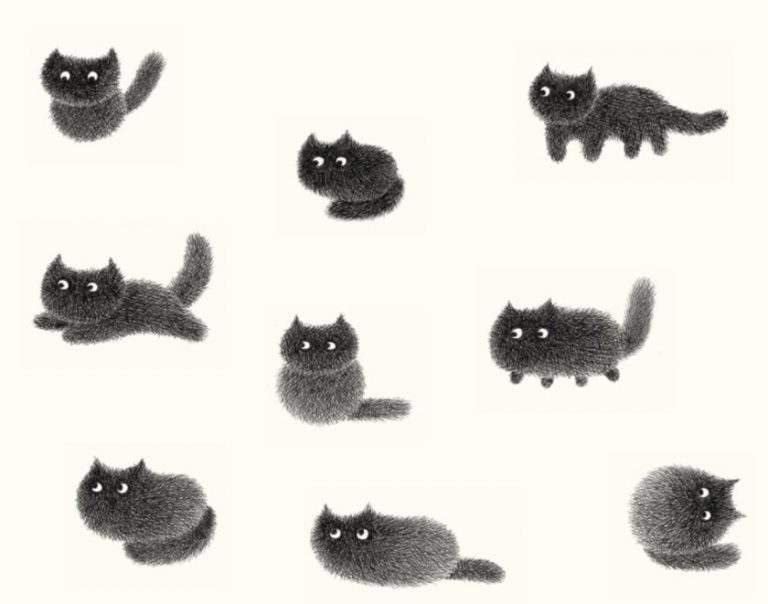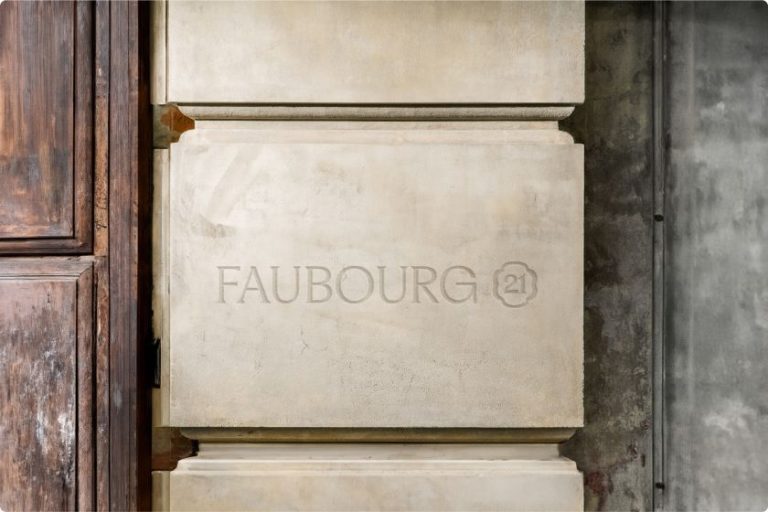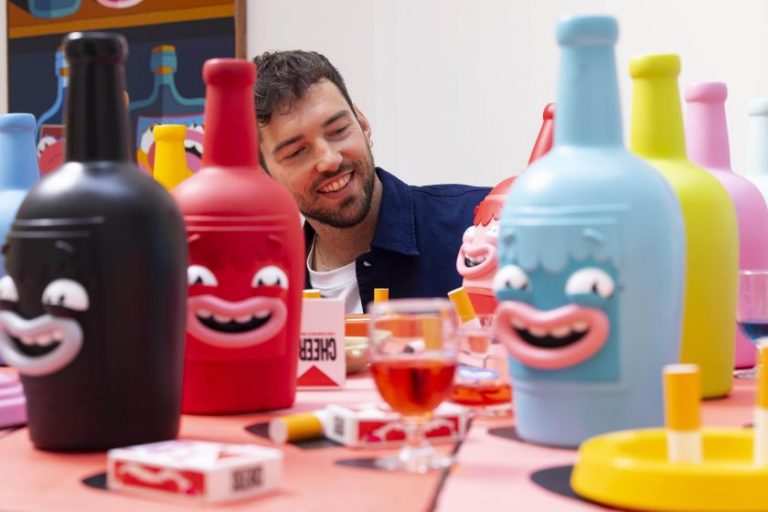Brooklyn studio Selman has crafted a new identity for one of New York’s most iconic spiritual and cultural landmarks, drawing on the cathedral’s rich architecture, community role and historical typography to build a system that’s both reverent and radically usable.
The Cathedral of St. John the Divine – North America’s largest Gothic cathedral and a cultural landmark in New York City – has unveiled a striking new visual identity designed by Brooklyn-based studio Selman. For founder and executive creative director Johnny Selman, rebranding a space of this scale and symbolism meant starting not with mood boards but with presence.
“We believe showing up in person is crucial,” says Selman, the studio’s founder and executive creative director. “Walking through the enormous bronze doors, exploring the crypt, scaling above the dome – it’s something you just can’t get from photos or video calls.”
That immersive approach shaped every element of the rebrand, from the wordmark and type hierarchy to the textures and tones of the new system.
At the heart of the refreshed identity is a wordmark rooted in the building itself. More specifically, the Pilgrims’ Pavement, a series of intricate medallions in black granite, Belgian marble, and bronze, was embedded into the cathedral floor in the early 1930s.
“We saw visitors on their hands and knees doing charcoal rubbings,” recalls Johnny. “That physical connection really stuck with us.” The Selman team followed suit, photographing, rubbing, and digitising the letterforms as the foundation of the new mark.
While the studio handled the concept and design, they brought in Frere-Jones Type to finesse the final wordmark. “To the untrained eye, it looked similar enough to our sketch,” says Johnny. “But good grief – the craftsmanship, insightfulness, and detail they brought to it was really next level.”
The collaboration helped bridge the historical and the contemporary, ensuring the new mark worked as well on a mobile screen as it did carved in stone.
Legibility, accessibility and usability were central throughout the project, not least because the Cathedral team did much of their design work in Canva. “We built tools and templates for them to use daily,” explains Johnny. “From service pamphlets to social posts, we knew this identity had to work hard.”
That focus on practicality has already paid off. August Kissel, the Cathedral’s marketing manager, noted how the grid system alone has “revolutionised” her team’s workflow.
Typographically, the new system replaces News Gothic – previously used for its clarity but deemed too cold – and reintroduces Divine, a custom blackletter font rooted in the Gutenberg Bible. To balance this, Selman incorporated Feature by Commercial Type, a warm serif originally designed for The New York Times Style Magazine.
“The mix adds dynamism and a stronger visual connection to the church,” says Johnny, “especially in the absence of Divine.” Divine, meanwhile, is now used with new rules around word length and layout to improve readability while retaining its emotional resonance.
Beyond aesthetics, the rebrand needed to reflect the Cathedral’s mission: not just as a place of worship but as a living community space that’s fiercely inclusive, socially engaged, and proudly unconventional. The campaign line ‘It’s Your Cathedral’ sums this up in three simple words.
“We felt it was a message that instilled a sense of belonging – for the community, congregation, and visitors alike,” says Johnny. “From famous musicians and actors to every day interesting New Yorkers, something about the Cathedral draws people in.”
That spirit of openness also connects back to Johnny’s own upbringing in the Episcopal Church, albeit on a smaller scale. “St. John the Divine was all that, but exponentially multiplied in both form and context.”
This includes a long legacy of community programming, including youth initiatives, a soup kitchen, a homeless shelter, anti-war activism, and AIDS outreach, among others. For Johnny and the Selman team, these values weren’t just part of the brief but part of the draw. “It’s a joy to work on a project where the client’s values so closely map to your own,” he reflects.
Visually, the studio anchored the entire system in the building itself, from colour choices to graphic shapes. “The colours, typography, and wordmark were all inspired by the Cathedral. This created a familiarity for those close to the church and an unspoken throughline for new visitors.” In other words, a brand fluent in the past but designed for the present.
As for the outcome, Johnny says the reaction has been wildly positive. “It’s really built momentum for the church and helped articulate their message.” While the craft and strategy are evident in every asset, Johnny is quick to emphasise the real measure of a brand: “It’s not created in some fancy design studio. It’s created over time by the people who use it and build it and communicate through it every single day.”
